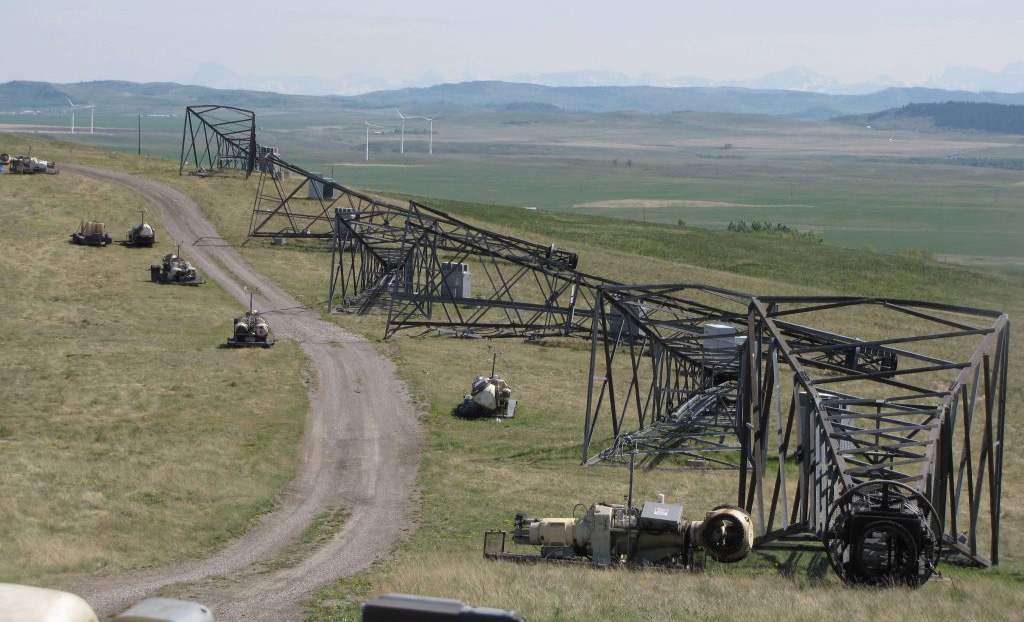gradual dismantling valuation
an intelligent end of life management
The gradual dismantling study by nabla wind hub brings a Smart end of life strategy, with the aim of keeping maximized the wind farm production since the retrotifs CapEx investments are cut, until the full dismantling date, contributing also to an inteligent circularity period. This period is what we call "gradual dismantling pase".
The basic idea is that, once a component of a turbine is considered available because that turbine has entered the gradual dismantling phase, there are different exit strategies for its component:
- Cannibalization
- Aftermarket
- Recycling
- Waste
The gradual dismantling study is produced as per the following steps:
1. Components compatibility diagram:
Different wind farms with different turbine models will generate the spare parts that other compatible turbines can use. For the different technologies in a portfolio, a compatibility matrix must be created in order to identify the components which can be used among the different turbine platforms (e.g. Main Shaft from a G87 can be used for a G90 turbine).
2. Spare parts flow engine:
Following the results delivered per wind farm about by the Reliability Models, the failure probability distribution per component is estimated for each wind farm, thus the population of sane components made available with time is estimated. Symmetrically, same Reliability Models provide an indication of the needs of spare parts per component for each wind farm, thus, spare parts flow engine can be created, filtered by:
- Exit strategies for the components when created
- Compatibility matrix
The engine can identify the spare parts flow internally on a single wind farm level, or can work at a portfolio level using the compatibility matrix.
3. Costs engine:
Once the spare part flow diagram which identify the offer vs the demand of internal consumption of spare parts each year has been created, an economical evaluation for each action will be provided:
- Cost per cannibalization action
- Cost of aftermarket spare parts generation
- Cost of recycling action
- Costs of waste
This engine will identify per year the annual costs associated to:
- Keeping the turbines running with cannibalized components
- Using the costs of cannibalization actions
- On top of the standard OPEX associated to O&M contracts
- Other exit strategies

4. Revenues engine:
In addition, the revenues associated to:
- The extended life of the turbines with cannibalized components (based on annual production, estimated price of electricity)
- From the spare parts selling in the aftermarket
- Recycling of scrap metal
Will be analyzed, identifying per year the annual revenues associated to:
- Keeping the turbines running with cannibalized components
- Other exit strategies (to be treated as a separate business plan)
5. Financial modeling:
Finally, the financial model will be built:
- For the long term operation of the wind farms based on the gradual dismantling and cannibalization of components
- Other exit strategies
Creating a detailed understanding of the realistic financial death of the assets, after extracting all its remnant value.
At this stage, other parameters could be included, such as the residual value of the wind farm once the turbines have been dismantled (for repowering), such as:
- Infrastructures: roads, pipes, telecommunications
- Substation: transformer, offices, storage plants
- Grid connection
- Land rental agreement